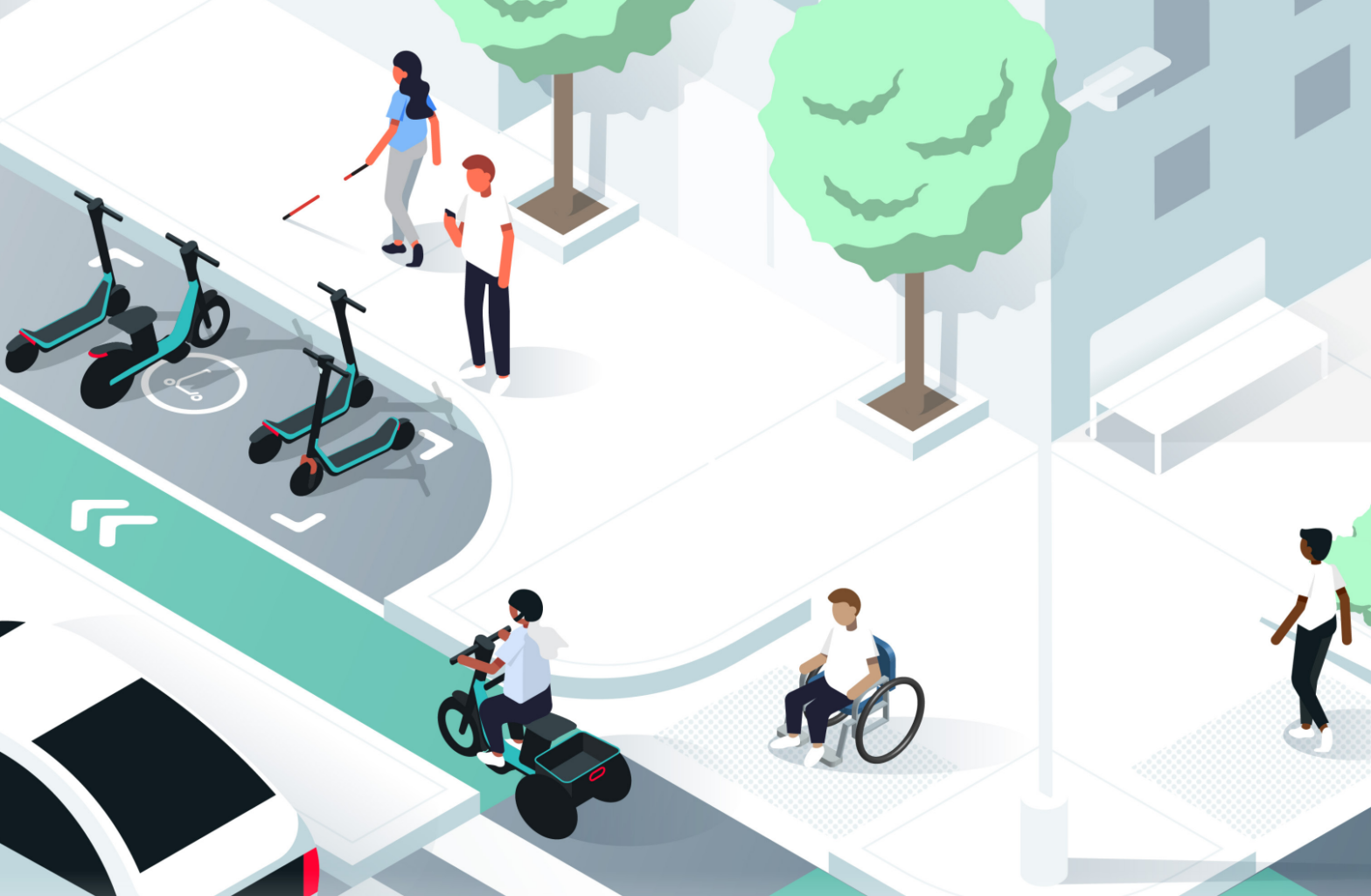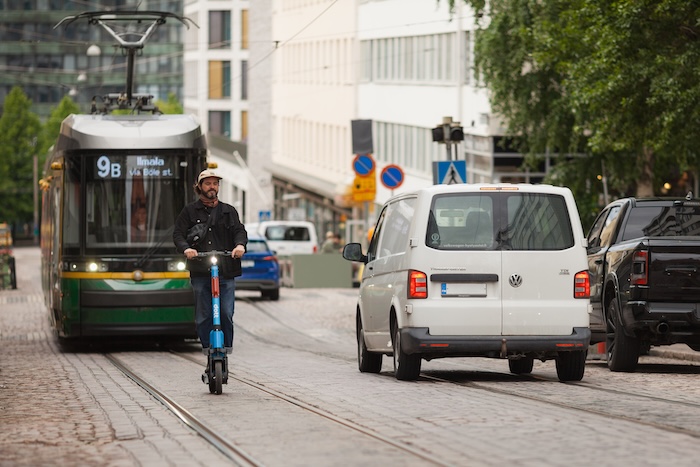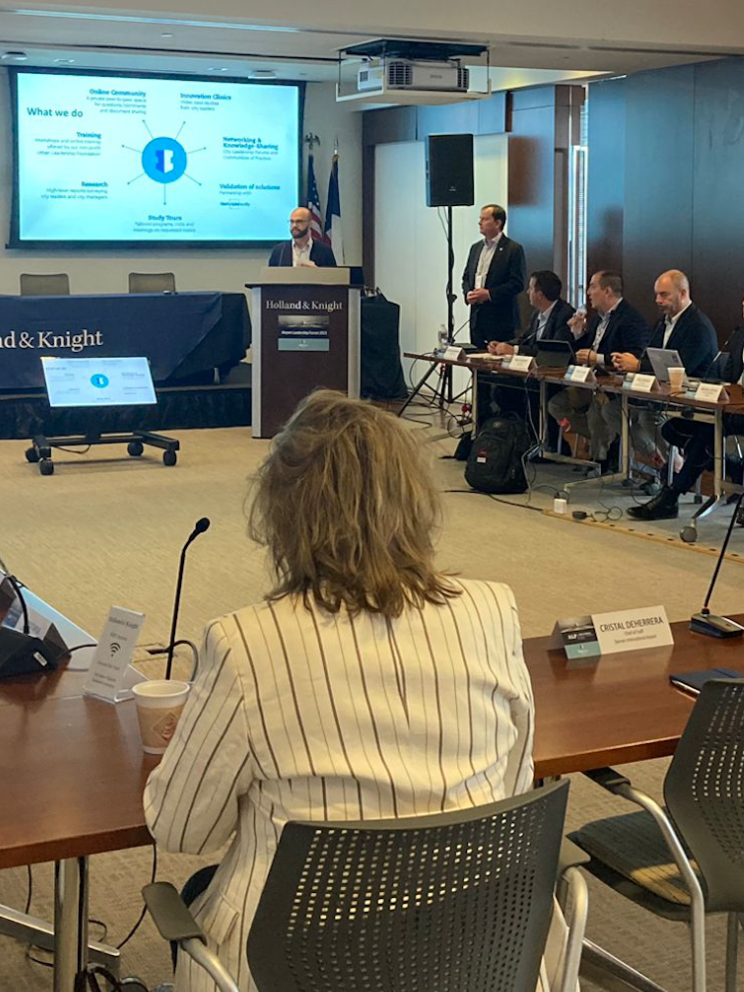
Report sets out what cities must do to make shared mobility inclusive
03 July 2025
by William Thorpe
A new report outlines steps for city authorities to improve accessibility in shared micromobility systems, focusing on the experiences of people with disabilities who do not drive.
Shared Micromobility for All, produced by Veo in collaboration with the Disability Mobility Initiative, draws on insights from focus groups with people with disabilities and identifies how shared micromobility can present barriers. These include misparked vehicles on pavements, limited vehicle options, and affordability challenges.
The authors recommend actions for both cities and operators, including dedicated on-street parking corrals, improved enforcement, and the integration of accessible vehicle models.

Speaking to Cities Today, Anna Zivarts, Programme Director at the Disability Mobility Initiative, said the challenges faced by people with disabilities often begin with cities being designed primarily for car use–creating long distances, unsafe crossings, and poorly maintained pedestrian infrastructure. These difficulties are compounded when micromobility vehicles are left obstructing pavements.
“I’d say communities built around car access–whether that be the distances we need to travel, the space and the quality of the space people outside of vehicles are given to navigate our communities, the difficulty and stress of crossing roads that prioritise the fast movement of vehicles, and the funding (or lack thereof) of reliable and frequent public transit,” she said. “When scooters or bikeshares get misparked on sidewalks that is a barrier too, and when the rest of the built environment feels actively hostile, it can be one more stressor that adds to the difficulty or risk of travel.”
Among the report’s recommendations is the introduction of more off-sidewalk parking infrastructure and the use of docked or lock-to micromobility systems.
“Cities need to do a better job of holding the companies’ feet to the fire on parking compliance,” said Zivarts. “We wouldn’t allow cars to be parked all over the street blocking access for other drivers trying to get around–why is this acceptable in the context of sidewalk space and pedestrians?”
The report also calls for greater involvement of people with disabilities in decision-making and operational roles.
“Of course there’s still a lot of consultation–and sometimes that’s a best case scenario,” Zivarts said. “But there are places that are doing more to ensure disabled staff get hired into agency positions–at cities, state [Departments of Transportation], and transit agencies. And we just successfully passed legislation in Washington State that allows transit agencies to appoint people who rely on transit as voting members of their transit governance boards.”
Key recommendations for cities include:
- Installing on-street parking corrals to prevent pavement obstruction
- Requiring docked or lock-to micromobility vehicles
- Enforcing parking compliance through regulation and technology
- Expanding accessible vehicle types in shared fleets
- Involving people with disabilities in system design, operations and governance.
Candice Xie, Veo’s CEO, said the report highlights “how our systems fall short and where we need to improve,” adding: “It’s time we have a real conversation about what accessible micromobility looks like–then commit to action.”
Image: Veo









